If you’ve recently asked yourself, “What do I need to buy a house in 2025?”—you’re in the right place.
It’s not a secret that buying a house is expensive. But what may surprise you are the hidden costs when buying a home—expenses that go beyond the listing price and can sneak up on first-time and experienced buyers alike.
We’re not talking about the usual post-move expenses like utilities or trash service. We mean the lesser-known costs you’ll need to pay before you even get the keys. This Redfin guide is here to be your checklist, breaking down the upfront costs you’ll need to cover to actually close on your home and make it yours.
Before you can officially call a house your own, there are several upfront expenses you’ll need to cover—many of which aren’t always obvious at first glance. From inspections to closing fees, here’s what you should know (and plan for) before you get the keys.
1. Closing costs
So, what are closing costs? Simply put, closing costs are the fees and expenses you pay before the keys are handed over and the property officially becomes yours. These costs cover essential services required to finalize the sale, such as taxes, title insurance, appraisal fees, and lender charges. Here’s what to expect:
- Closing costs are due on the day of closing, when ownership is officially transferred from the seller to you. Buyers typically pay between 2% and 5% of the home’s purchase price. So, for a $300,000 home, you could be looking at $6,000 to $15,000 in closing costs. That’s no small chunk of change—which is exactly why we’re giving you a heads-up.
2. Property tax
Property tax isn’t just a required cost when you buy a home—it’s an ongoing expense you’ll keep paying as long as you own the property. These taxes are set by your local government and fund important community services like public schools, roads, and emergency responders such as fire or police departments.
In some cases, buyers are asked to prepay several months of property taxes at closing. So not only are you responsible for ongoing payments, but part of that cost might be due upfront. It’s a good idea to ask your lender or agent for an estimate early on so you’re not caught off guard.
>> Read more: What are Property Taxes and How Do They Work?
3. Homeowners insurance
Think of homeowners insurance like the extra protection you buy for a flight or your phone—it safeguards your home and belongings from unexpected damage or loss.
If you have a mortgage, your lender will require you to purchase homeowners insurance to protect both you and them financially.
Coverage typically includes:
- Fire
- Theft
- Natural disasters
- Windstorms and hail
- Personal property (like furniture, electronics, and clothes—if they’re stolen or damaged by a covered event)
- Liability coverage for injuries or accidental damage to others
- Detached structures (like garages, sheds, and fences)
Keep in mind:
- You’ll usually prepay the first year’s premium at closing, which can range from $1,000 to $2,000 or more based on your home’s size, location, and coverage.
- Most policies include a deductible—the amount you pay out of pocket before your insurance coverage kicks in—so it’s important to understand this amount.
- Standard policies usually don’t cover certain risks like floods, earthquakes, or some types of mold. If you live in an area prone to these risks, you may need to purchase additional insurance coverage.
- Insurance coverage and costs vary depending on your location and the policy you choose, so be sure to compare options carefully.
4. PMI (Private Mortgage Insurance)
If you’re putting down less than 20% on your home, there’s a good chance your lender will require something called private mortgage insurance, or PMI.
PMI is designed to protect the lender in case you stop making mortgage payments. You’ll typically pay it as part of your monthly mortgage, and the cost can range from about 0.2% to 2% of your loan amount each year. The exact rate depends on factors like your credit score, loan type, and how much you put down.
The good news? Once you’ve built up 20% equity in your home, you can usually request to remove it and lower your monthly payment.
5. Earnest money
When your offer is accepted by the seller, you’ll need to follow it up with earnest money. Ok, well—what is it and how much should you pay?
Earnest money is a deposit, typically 1% to 2% of the purchase price, that shows the seller you’re serious about buying the home. It’s held in escrow until closing and is usually applied toward your down payment or closing costs once the sale goes through.
But here’s the important part: you could forfeit your earnest money if you back out for a reason not covered by a contingency. Think of it as a financial handshake, your way of showing real commitment with cash on the table.
6. HOA fees
If you’re buying a home in a community with a Homeowners Association (HOA), one hidden expense might be HOA fees, usually charges monthly or annually.Think of these fees like a membership dues to help keep the area clean, safe, and well taken care of.
HOA fees typically cover::
- Maintenance of shared spaces like lawns, sidewalks, and parks
- Amenities like pools, gyms, or clubhouses
- Repairs and upkeep of common areas
- Security services or gates, if available
- Trash pickup or snow removal
The amount you pay can vary widely, from under $100 to over $500 a month, depending on the community and what’s included. Be sure to review the HOA rules and fees and factor them into your budget before you commit.
7. Emergency funds
This may seem obvious, but experts recommend setting aside 1% of your home’s value each year for repairs and maintenance. For exampleSo, if you buy a $6300,000 home, plan to save $63,000 annually for unexpected issues. Whether it’s a small plumbing problem or a major system failure, you’ll be glad you planned ahead.
It’s a hidden expense to budget for because, unlike renting, when something breaks in your new home, the repair bill is entirely your responsibility. From a broken water heater to unexpected roof leaks, emergency repairs are simply part of homeownership.
8. Home inspection fees
While technically optional, a home inspection is highly recommended, and often expected by your lender. The cost ranges from $300 to $500, depending on home size and location.
Inspections check for structural issues, roof condition, electrical systems, HVAC performance, and signs of water damage or pests. This upfront fee can save you thousands later.
9. Moving costs
Whether you’re moving across town or across the country, the price of relocating adds up fast. Here are some expenses to keep in mind:
- Truck rental or professional movers: Costs range from around $500 for local moves to $3,000+ for long-distance
- Packing supplies: Boxes, tape, and padding can add up
- Temporary storage: You might need storage if your new home isn’t ready
- Cleaning services: Professional cleaning helps with move-out or move-in but comes at a cost.
- Utility setup and transfers: Fees for connecting electricity, internet, and more.
Travel expenses: Gas, hotels, or flights for long-distance moves.
10. Utility setup fees
If you’re moving from an apartment where utilities were included in your rent, switching to paying them yourself can be a shock. Bigger homes usually mean more rooms to heat, cool, and light, which drives up your utility bills.
When you transfer utilities into your name, you might face activation fees or deposits, especially if you don’t have a recent payment history with local providers. These can include:
- Electricity and gas
- Water and sewer
- Internet and cable
- Trash and recycling
Some providers charge $50 to $200 upfront, especially if a technician visit is required. Get estimates early to avoid surprises on moving day.
Final thoughts: plan beyond the price tag
Buying a home is a huge milestone, but the purchase price is only part of the picture. The hidden cost of buying a home can easily add thousands to your budget, even before you unlock the front door. By preparing for these upfront and ongoing expenses, you’ll walk into homeownership with confidence, and fewer surprises.


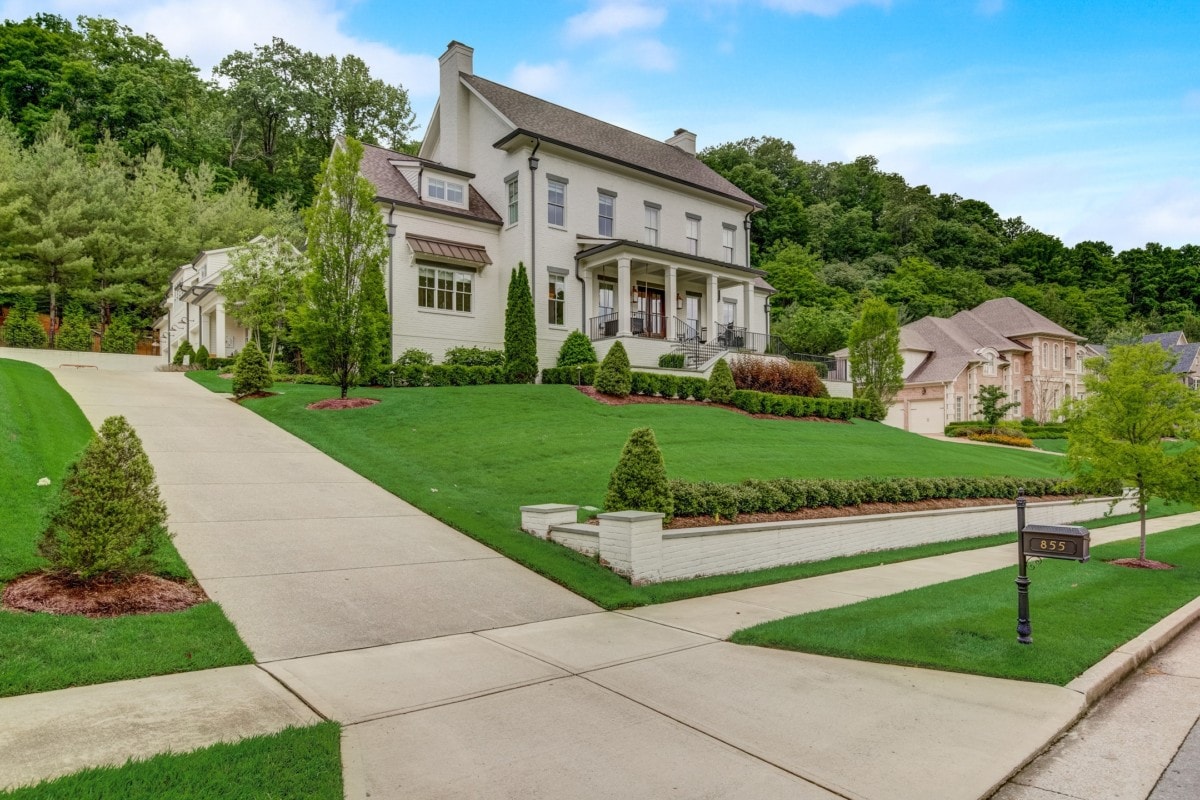






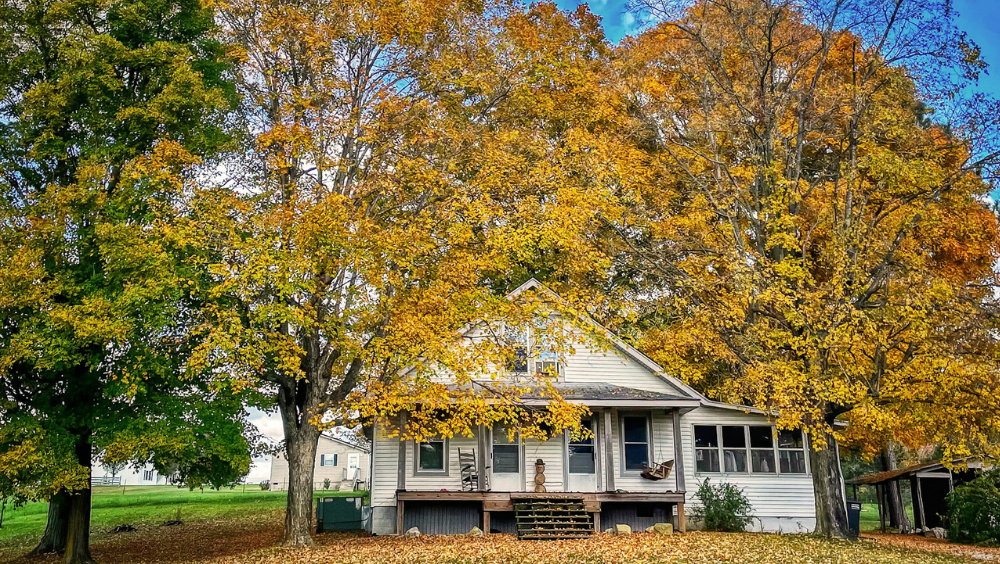
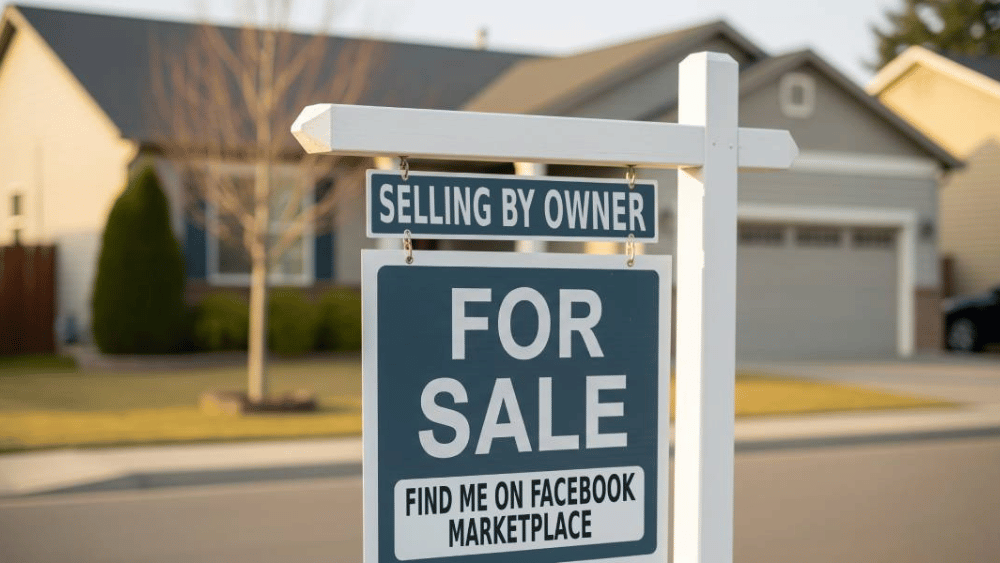

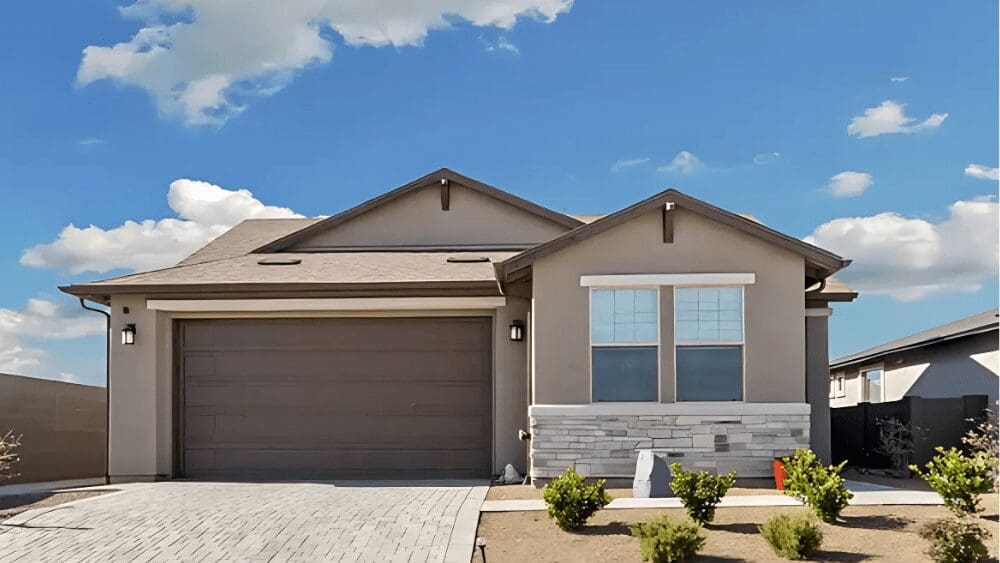




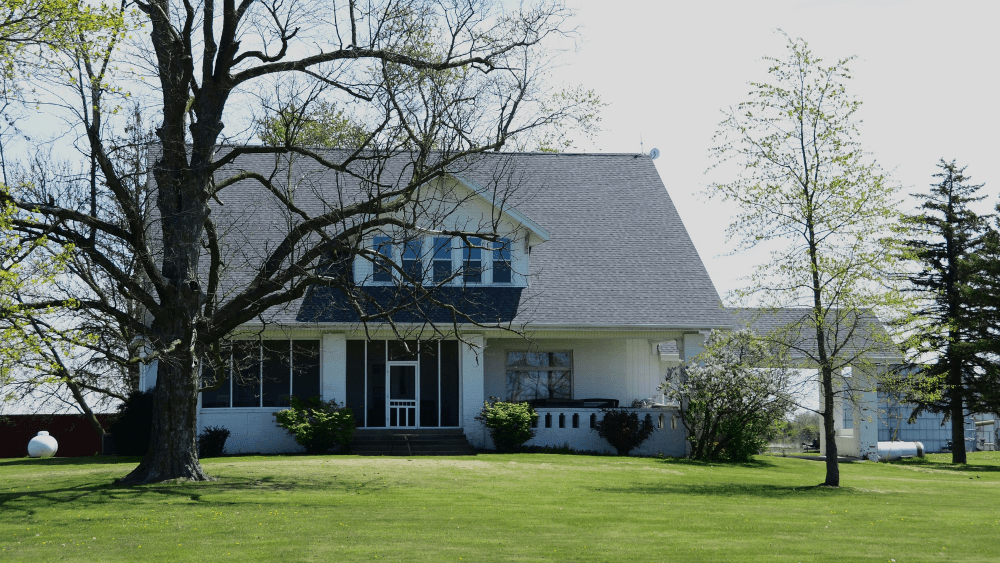
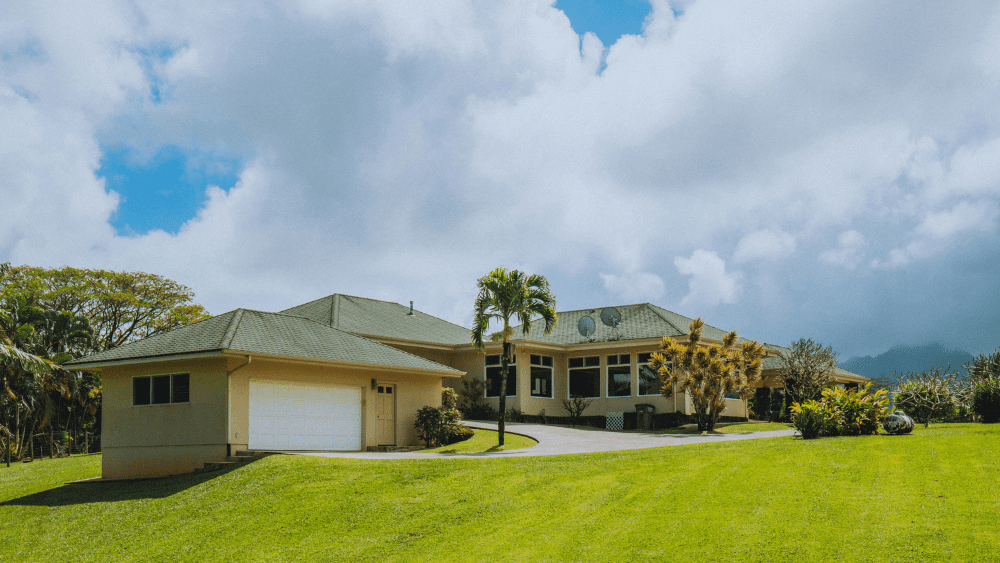
 English (US) ·
English (US) ·